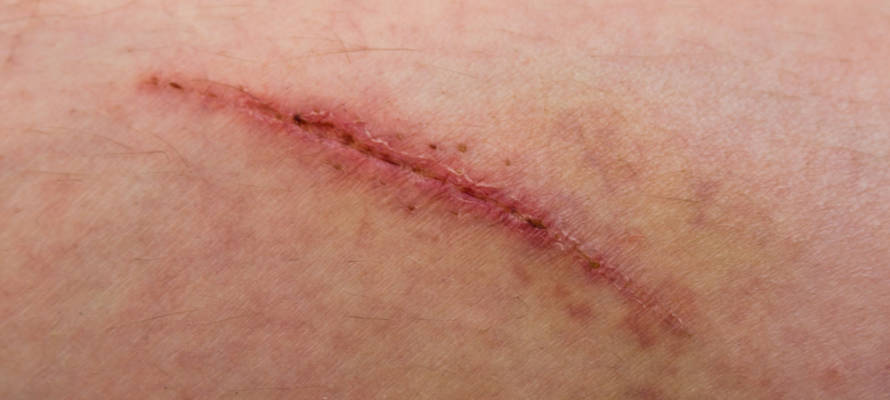A groundbreaking study at the Department of Dermatology at Tel Aviv Sourasky Medical Center using two lasers to minimize scarring had promising results.
By Arye Green, TPS
A new treatment developed at Ichilov Hospital in Tel Aviv prevents scarring during surgeries for removing tumors in breast cancer patients.
A groundbreaking study at the Department of Dermatology at Tel Aviv Sourasky Medical Center using two lasers to minimize scarring showed promising results.
Surgery necessary for the removal of tumors leaves significant scarring and can be damaging aesthetically. This often has a major psychological impact on patients. The methods traditionally used to minimize scarring consist of pressure bandages, silicone patches and limiting sun exposure. However, the new method shows results that are substantially more aesthetically pleasing than previous methods.
The new scar treatment can potentially be used for other types of surgery as well.
The study consisted of 18 women, ages 34-67, who have had surgery to remove a tumor due to breast cancer. The women underwent treatment that was applied to half of the scar, leaving the other half to be treated with previous methods as necessary control for the study.
Each participant received three 10-minute-long treatments, which took place once a month. The results showed improvement in all of the study’s measures among all participants.
The research was published in the medical journal Lasers in Medical Science.
Professor Tamar Safra, head of the hospital’s onco-gynecology and breast cancer units, talked about the importance of the treatment to improve the patient’s quality of life.
“In this day and age, the survival rate from breast cancer is very high, and many women live decades after the surgery. This makes the minimizing of the negative effects of scarring, which can be painful and aesthetically unpleasing, very significant,” she explained.
Professor Eli Sprecher, director of the department of dermatology, said that “the medical field of dermatology is undergoing major changes in Israel and around the world. At the center of these changes is our ability to give patients a growing verity of technologies while incorporating interdisciplinary medical practices and ongoing discussion with patients. The new study is a consequence of these changes.”
